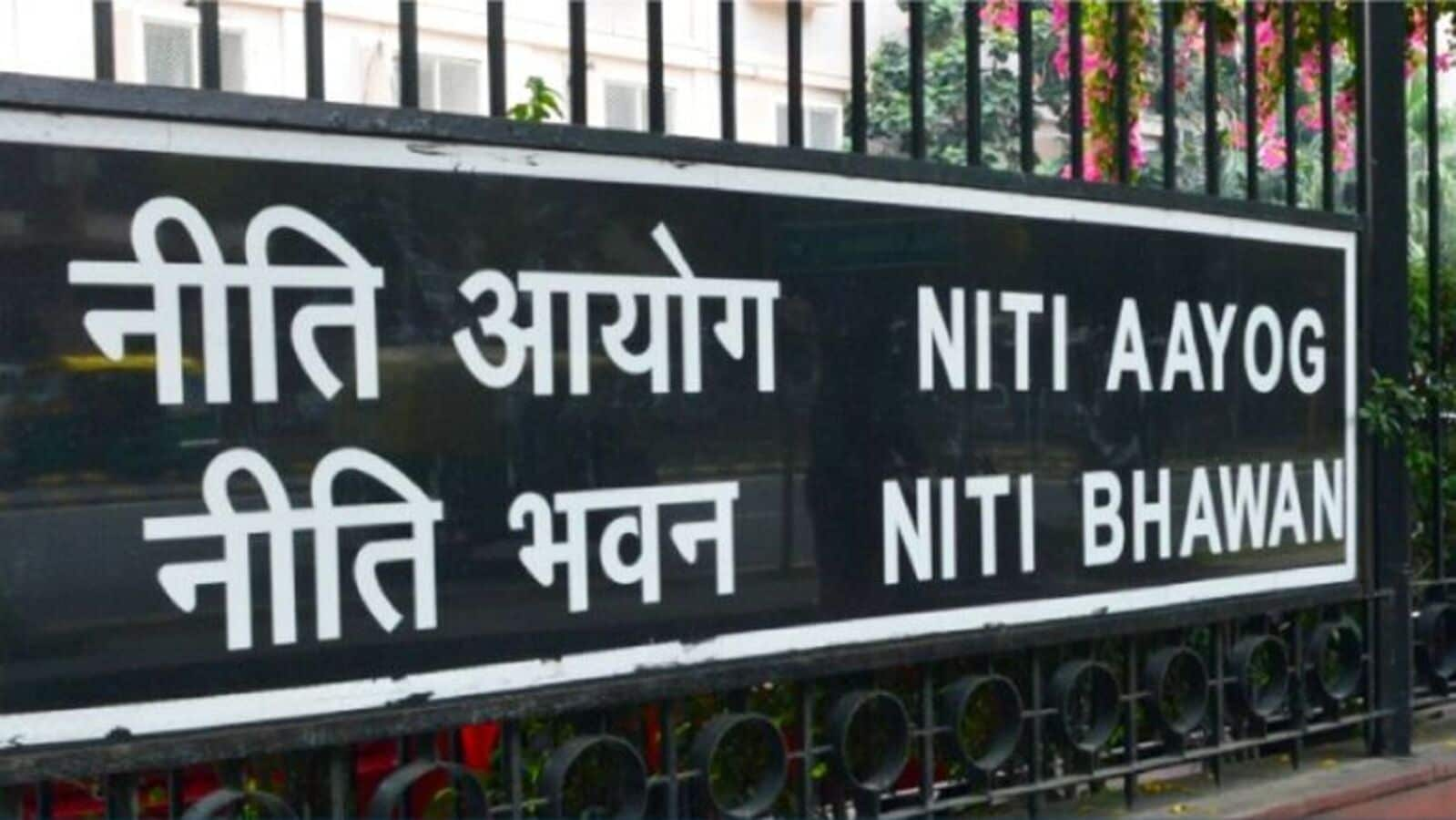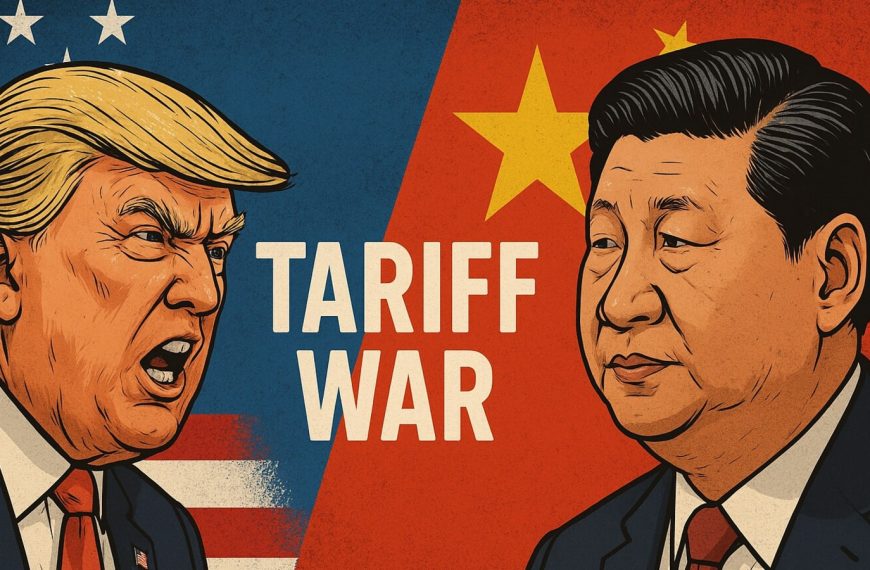India has a significant opportunity to enhance its position in the global tools market, according to a recent report from Niti Aayog, the Indian government’s premier think tank. Despite currently holding a minimal share of this lucrative trade, which is projected to grow from $100 billion in 2022 to $190 billion by 2035, India can potentially develop a robust $25 billion export-driven tools industry by 2035. The report emphasizes that with strategic reforms and collaboration between public and private sectors, India can overcome existing challenges and establish itself as a formidable player in this sector.
Exploring India’s Tools Industry Potential
The tools industry, which encompasses essential hand-held equipment for various applications—ranging from drilling and cutting to fastening—plays a crucial role in both industrial and everyday tasks. Currently, India’s exports in hand tools stand at $600 million, while power tools account for $425 million, revealing a significant gap compared to the global market.
- China’s Dominance: With nearly 50% of the global market share, China’s leadership in tool manufacturing is attributed to its vast production capabilities, advanced technological expertise, and efficient supply chains. However, escalating tariffs on Chinese products and rising operational costs are creating a unique opportunity for India to capture market share.
Strategic Recommendations for Growth
Niti Aayog’s report, titled "Unlocking $25+ Billion Exports: India’s Hand & Power Tools Sector," outlines a compelling framework aimed at enhancing India’s tools industry. The report emphasizes the necessity of establishing:
- World-Class Industrial Clusters: Creating manufacturing hubs that spur innovation and productivity.
- Reforming Structural Cost Barriers: Addressing the existing cost disadvantages that hinder competitiveness.
- Targeted Support Initiatives: Offering tailored assistance to promote growth in the sector.
These strategies are designed to close the 14-17% cost gap that Indian manufacturers currently face in comparison to global competitors, enhancing India’s appeal as a hub for high-quality and cost-effective tools.
A Catalyst for Inclusive Economic Growth
Beyond economic metrics, the tools sector stands as a vital driver for inclusive growth, particularly benefiting small and medium enterprises (SMEs) and regions such as Punjab and Maharashtra. Niti Aayog asserts that this industry is not just about economic expansion; it represents a critical opportunity to empower local businesses and stimulate regional economies.
As India navigates this pivotal moment in its economic evolution, the potential for the tools industry to emerge as a leader in global manufacturing and trade is more pronounced than ever. The report concludes that harnessing this latent potential could unlock significant economic value, positioning India as a key player in the global tools market.
By taking decisive action and implementing the recommended reforms, India can transform its tools industry into a powerhouse of growth and innovation.











